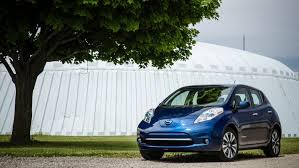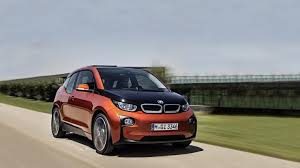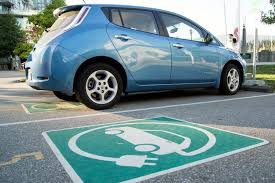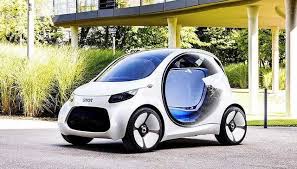ingenuity of their drivers
Charging stations for electric vehicles and plug-in hybrids ChargeU
 Project ChargeU was founded in 2011, the Ukrainian market of German charging equipment presented in 2015. The appearance of a unique product from ChargeU, at the first specialized exhibitions Plug-in Ukraine and EcoDrive, aroused the interest of future users of electric vehicles. Compact portable charging stations with stationary power quickly gained popularity in Ukraine.
Project ChargeU was founded in 2011, the Ukrainian market of German charging equipment presented in 2015. The appearance of a unique product from ChargeU, at the first specialized exhibitions Plug-in Ukraine and EcoDrive, aroused the interest of future users of electric vehicles. Compact portable charging stations with stationary power quickly gained popularity in Ukraine.
Charging infrastructure of Ukraine
In the absence of charging infrastructure, the first electric vehicles developed it for themselves and other users. For example, for the equipment of three places of charging (home, work, cottage) you will need 3 stationary charging cost about €800 each and a cable to connect to them cost €200-250, respectively, the total cost of the charging equipment will be €2400-2800. Continue reading
A study on the example of the VW Golf: the ownership of the electric car cheaper than cars with internal combustion engines in 5 European countries
 Electric cars have become cheaper to own than their petrol or diesel alternatives in five European countries — the UK, Germany, France, the Netherlands and Norway.
Electric cars have become cheaper to own than their petrol or diesel alternatives in five European countries — the UK, Germany, France, the Netherlands and Norway.
In the course of research of the International Council for environmentally friendly transport (ICCT) were studied the costs of purchase, fuel and taxes for the bestseller in Europe Volkswagen Golf in electric, hybrid, gasoline and diesel versions in 5 countries in Europe — the UK, Germany, France, the Netherlands and Norway. Continue reading
Plug-in-hybrids — “enabling technology” for the transition to electric vehicles
 Many consider plug-in hybrids to be a transitional stage between cars with internal combustion engines and fully electric cars, but automakers are bringing new plug-in hybrid models to the market, promising even greater efficiency, improved power reserve and more diverse automotive platforms (including SUVs).
Many consider plug-in hybrids to be a transitional stage between cars with internal combustion engines and fully electric cars, but automakers are bringing new plug-in hybrid models to the market, promising even greater efficiency, improved power reserve and more diverse automotive platforms (including SUVs).
The key difference between fully electric cars and hybrid and plug-in hybrid models is the presence of an internal combustion engine. Fully electric cars are driven only by batteries and electric motors and usually have a power reserve of 150-500 km. Plug-in hybrids have a smaller battery capacity, which usually provides a power reserve on one charge of 30-80 km, and a gasoline internal combustion engine that adds another 500 — 800 km of power reserve. Continue reading




